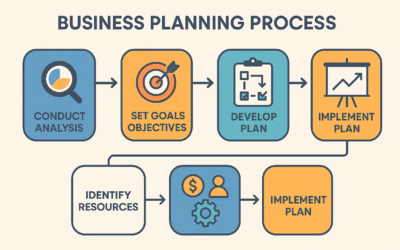Have your day-to-day habits and activities changed at all over the last two years because of the pandemic?
Most people would answer yes to that question.
One survey found that 49% of people are avoiding leaving their homes, 50% are working from home either full or part-time, 42% are avoiding public transport, and 57% are social distancing from friends and community.
Spending more time at home means more leisure time and a significant increase in viewing entertainment, following the news, and engaging in hobbies. There have been moderate increases in cooking, use of social media, household chores, shopping online, and physical fitness.
As a result, people’s priorities are changing with 50% of people trying new products, 28% picking up new hobbies, 51% spending more time watching entertainment, and 48% intending to maintain newly acquired health and wellness habits over the long term.
Looking ahead, consumers have had to change how they live and many of those changes are influencing their buying behavior. For many, what they buy and how they buy it has changed, and these fundamental shifts will have long-lasting effects.
Once people have formed their consumer habits, they tend to be hard to change. With change being forced on all of us during the pandemic, the changed habits picked up recently will likely stick.
Consumer businesses need to find ways to meet consumers where they are today and satisfy their needs in this post-crisis period, and beyond.
Here are four actions that businesses can take to influence consumer behavior over the long term.
- Reinforce Positive New beliefs
The COVID-19 crisis has forced many consumers to change their behaviors in a wide range of everyday activities, from grocery shopping to exercising to socializing. When consumers have enjoyed these new experiences, even long-held beliefs can change, making them more willing to repeat the behavior.
Businesses can reinforce and shape behavioral shifts to position their products and brands better for the next normal.
When your business is providing a service or product to fit with new consumer behavior, add a bonus of some sort to make the consumer experience more memorable, and encourage further repetition of that new consumer behavior.
- Shape Emerging Habits with New Products
Adapt your product or service to fit the emerging habits.
For example, if people are spending more time at home, take your service to them instead of making them come to you. Consumers may be happy to pay extra for this as it saves them the time to come to you and is far more convenient for them.
- Sustain New Habits by Providing Contextual Cues
When consumers associate certain behaviors with a particular context, that behavior will eventually become automatic. Businesses can identify the contextual cues that drive these behaviors. A contextual cue can be a particular task, time of day, or object placement.
- Connect with Consumers’ New Mindset
The pandemic has created a mix of anger, fear, and anxiety in the minds of consumers.
Adapt your messaging to consumers to connect with these emotions and encourage good humor and calm influences.
The pandemic has changed people’s routines at unprecedented speed, and many will stay with them. Businesses that create a deep understanding of the changed beliefs, peak moments, and habits of their target consumer bases will be able to change their product offerings, customer experiences, and marketing communications to be best positioned to thrive in the years ahead.
For more great tips on issues like this check out the Global Resources LLC Facebook page.

0 Comments